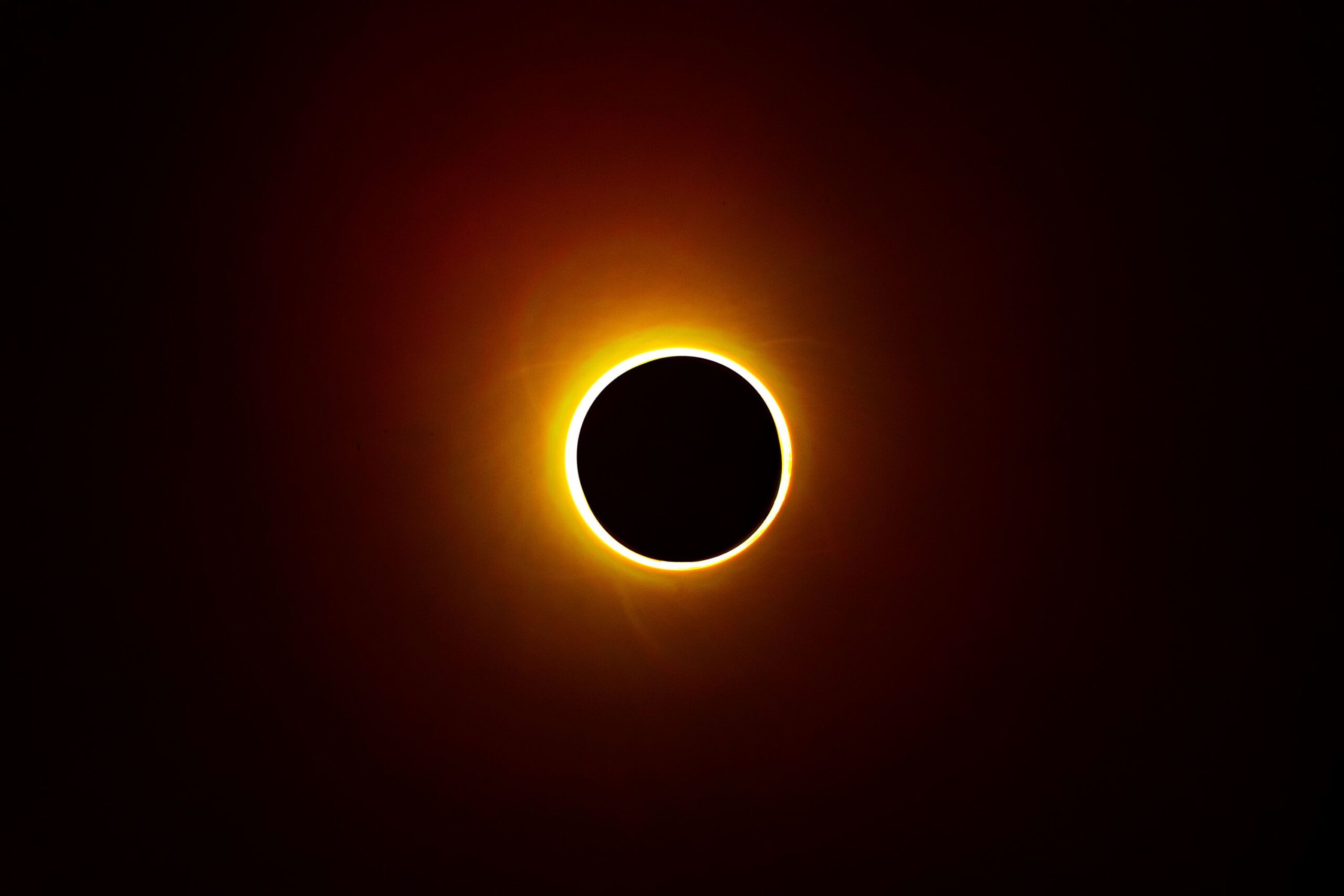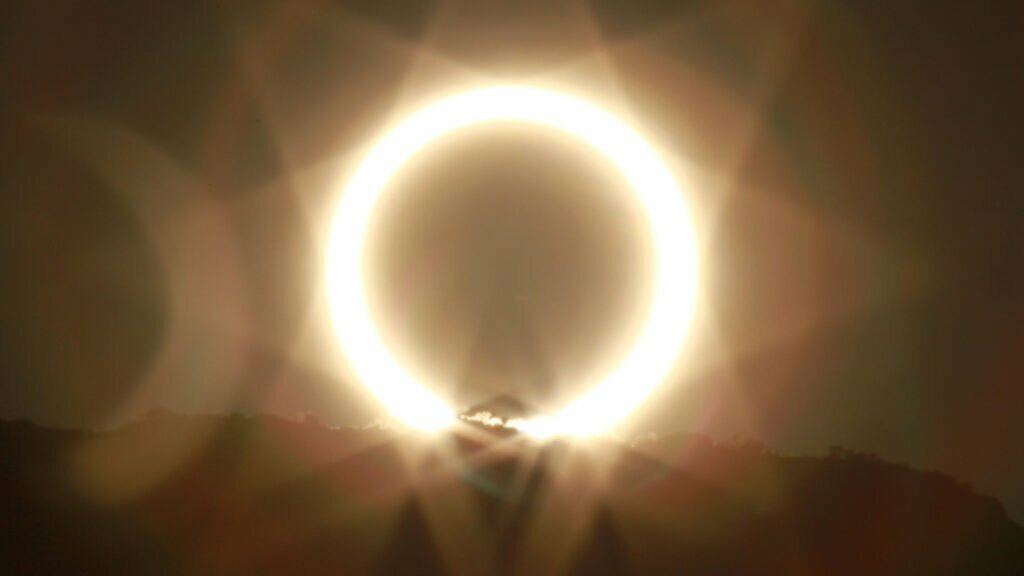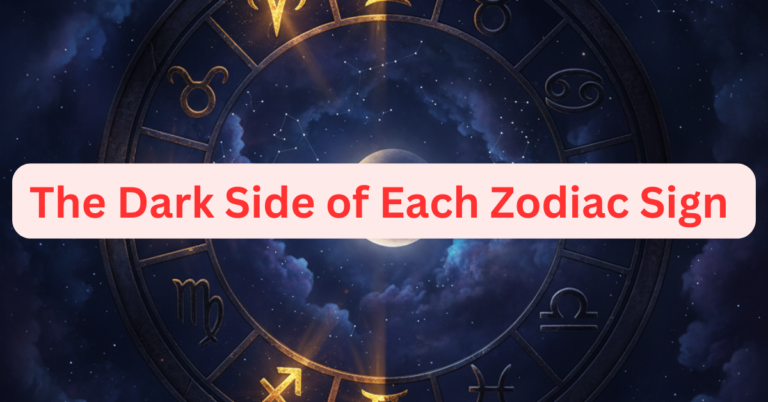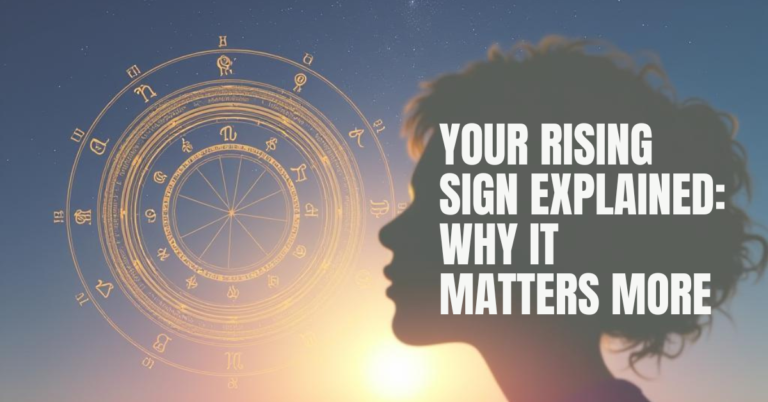
On Saturday, people in the Americas will have the opportunity to witness a fascinating celestial event, weather permitting. It’s a solar eclipse where the moon will pass in front of the sun.
The eclipse will be visible along a path that includes parts of the United States, Mexico, and various countries in Central and South America.
Here’s an explanation of the type of solar eclipse that will occur and where it will be visible.

Understanding Annular Solar Eclipses:
An annular solar eclipse is a specific type of solar eclipse. During a solar eclipse, the moon moves between Earth and the sun, creating a temporary blockage of some or all of the sun’s surface along a narrow path on Earth as it travels across the sky. The upcoming eclipse set for Saturday is referred to as an “annular solar eclipse.” This type occurs when the moon comes between Earth and the sun while being near or at its farthest point from our planet. In an annular solar eclipse, the moon does not completely obscure the sun’s face, as is the case in a total solar eclipse.
Why Does It Resemble a Ring of Fire?
During an annular solar eclipse, the moon’s greater-than-usual distance from Earth prevents it from entirely blocking the sun. Instead, it appears as a dark disk superimposed on the sun’s larger, radiant face in the sky. This creates the striking visual effect of a ring of fire temporarily encircling the dark lunar disc. It’s worth noting that a total solar eclipse is anticipated for April 8, 2024, with its path crossing Mexico, the United States, and Canada.
Where Will It Be Visible and What Is Its Path?
According to NASA, the path in the United States where the maximum sun obscuration will take place on Saturday commences at 9:13 a.m. PDT (12:13 p.m. EDT/1613 GMT) in Oregon. It then continues through California, Nevada, Utah, Arizona, New Mexico, and Texas. This path further extends across parts of Mexico, Guatemala, Belize, Honduras, Nicaragua, Panama, Colombia, and Brazil, ultimately concluding at sunset in the Atlantic Ocean. Moreover, larger regions of North America, Central America, and South America will also experience varying degrees of sun obscuration, promising a remarkable celestial event.
Size Comparison of Earth, Moon, and Sun:
The reason the moon appears to nearly cover the sun’s face, when observed from Earth, is because of its much closer proximity to our planet. In actuality, the moon is considerably smaller than the sun. The moon has a diameter of 2,159 miles (3,476 km), while the sun’s diameter is about 865,000 miles (1.4 million km), and Earth’s diameter measures 7,918 miles (12,742 km).
How to Safely Watch an Eclipse?
Experts emphasize the importance of not looking directly at the bright sun without appropriate eye protection designed for solar viewing. Doing so can pose a significant risk of eye injury. This caution is particularly vital during an annular solar eclipse, as the sun is never fully obscured by the moon. Even observing the sun through a camera lens, binoculars, or a telescope without the use of a specialized solar filter can result in severe eye damage, as advised by experts. Therefore, they recommend using safe solar viewing glasses or a secure handheld solar viewer when observing an annular solar eclipse and emphasize that regular sunglasses are not suitable for sun-watching. Your eye safety should be a top priority.
Distinguishing Solar Eclipses from Lunar Eclipses:
Solar eclipses and lunar eclipses are two separate astronomical phenomena. A lunar eclipse takes place when Earth positions itself between the moon and the sun, casting its shadow on the lunar surface. This unique alignment causes the moon to appear dim and often tinged with a reddish hue when viewed from Earth. Notably, lunar eclipses can be observed from a much broader geographical area, covering about half of Earth, in contrast to the more localized visibility of solar eclipses.






